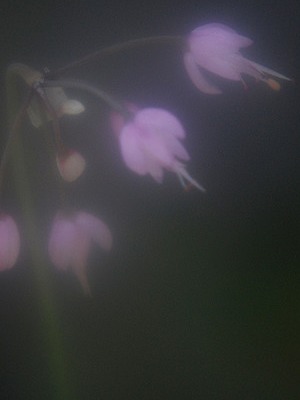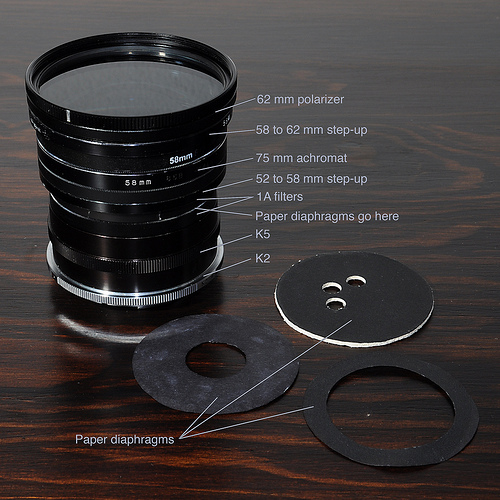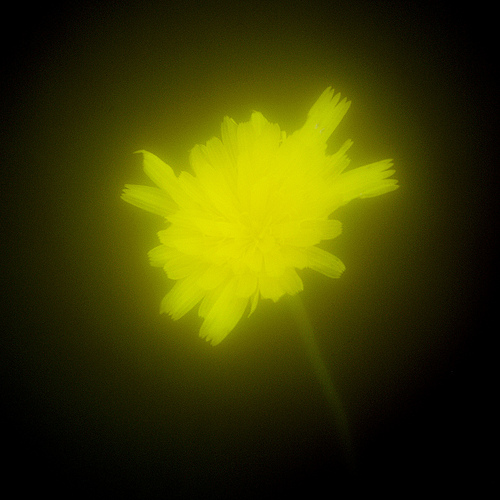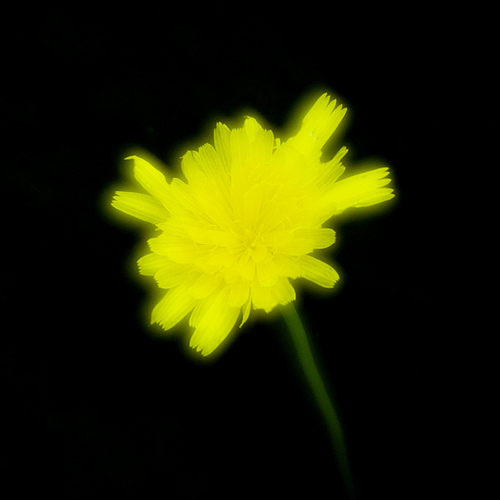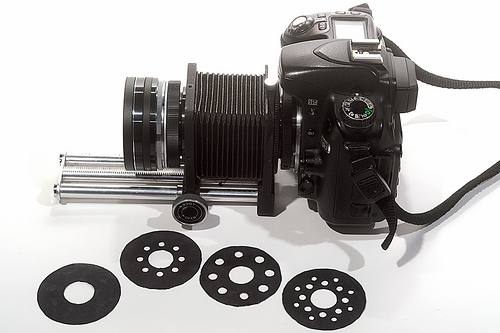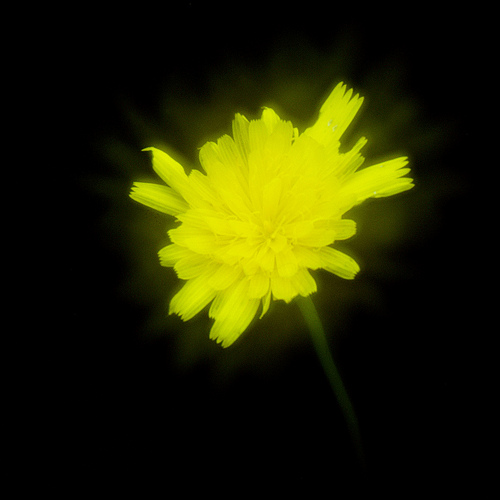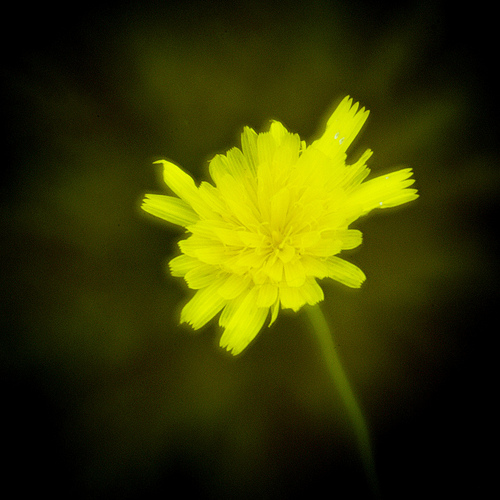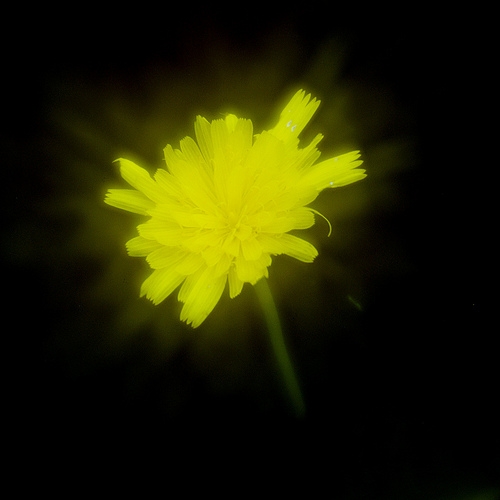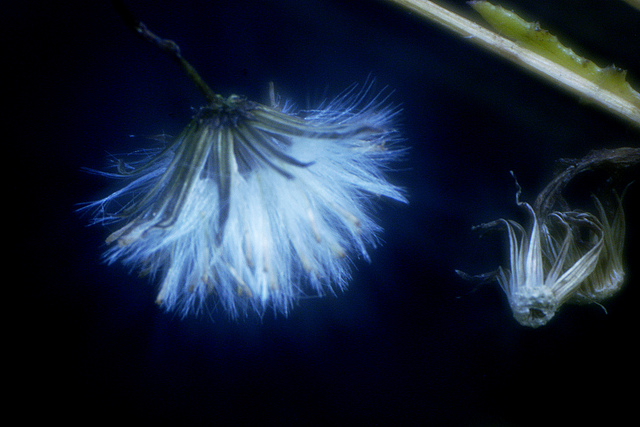www.johnnyoptic.com: What's all the Fuzz About?
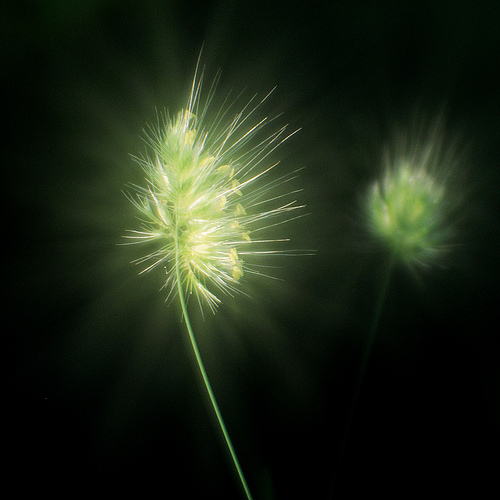
Homemade Lenses - What's All the Fuzz About?
In this post, I'm going to explain how to get that softness under control to produce images with interesting and more subtle soft
focus effects, such as the photo on the right. (I'll even show you how homemade lenses can produce crisp, sharp images, if you like
that sort of thing.)
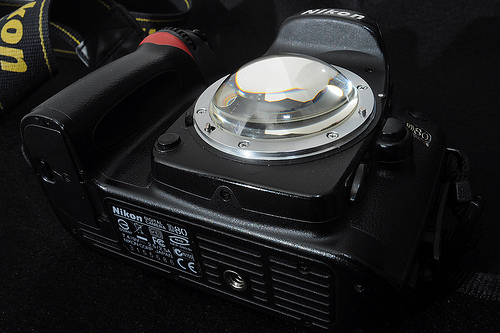
A Quick Review
Let's go back to my favorite simple lens: "The Antipinhole" a single, positive meniscus literally just placed on the lens mount of my
camera.
Copyright (2009-2012) John Swierzbin
www.johnnyoptic.com: What's all the Fuzz About?
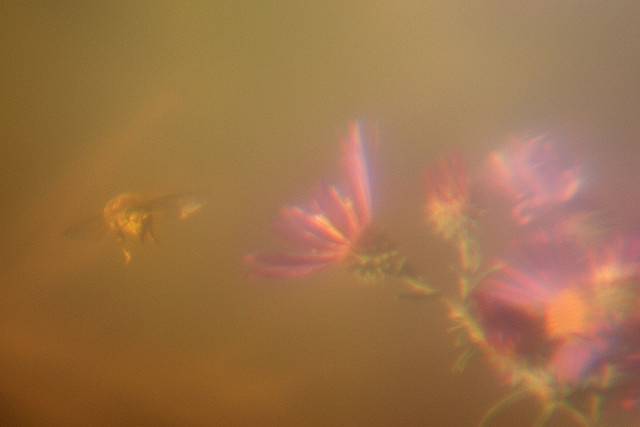
A Quick Review
This uncorrected f/ 1.0 lens produces very soft images such as this one:
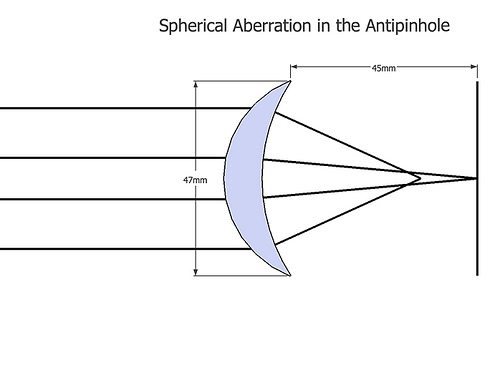
Spherical Aberration
The soft images result from the fact that simple, uncorrected lenses do not focus light perfectly. Instead,
they have an array of aberrations, the dominant one typically being Spherical Aberration (SA).
SA results from the fact that parallel rays of light passing through the center of an uncorrected lens come to focus
at a different point than the light rays passing though the outer part of the lens. The light passing through the lens
near the center comes to focus as expected at the focal length. However, light passing through the lens toward the edge
focuses at a shorter distance.
This results in widening the depth of field, reducing the contrast, and adding a glow
around highlights.
Copyright (2009-2012) John Swierzbin
www.johnnyoptic.com: What's all the Fuzz About?
Controlling SA
Since spherical aberration is caused by the difference in focal length between the center and the edge of a lens, why don't we
just make all the light pass through the center? In fact, when you stop a lens down to, say f/ 32, you're doing exactly that.
In practice, homemade lenses can produce unexpectedly sharp images when stopped down to f/ 16 and beyond.
These two images should give you a sense of this. Both were shot using the same simple homemade lens made from a 75 mm achromat.
The image on the left was shot at f/ 1.5.
The one on the right was shot at f/ 10.
Homemade Macro Lenses
One easy way to put this to good use is to build a simple macro lens. Macro photography is one area where cheap homemade
lenses can compete with expensive commercial ones. Generally, for macro photography, you don’t need or want fast lenses. I find
I usually use f/ 16 or higher in order to get an acceptably wide depth of field. Even a simple achromat stopped down to f/ 16 can
be pretty sharp. Also, adjustable focus, though certainly nice to have, is not a necessity. Precise focus can be attained by
adjusting the distance between the camera and the subject. Finally, extreme close up is not difficult. If you want to get closer,
just add another spacer or extension tube.
Here's an example of a homemade macro lens made from the same 75 mm achromat used for the previous shots. The lens is mounted
in recycled filter rings and attached to the camera via extension tubes. The location of the diaphragms (shown in the photo) is
not critical. They can even be placed in front of the lens, if that works better for your build.
(See The Homemade Lens Primer for a more detailed description of the construction of this lens)
Copyright (2009-2012) John Swierzbin
www.johnnyoptic.com: What's all the Fuzz About?
Macro Results
This image was shot with the lens shown on the previous page stopped down to f/ 32.
Controlling the Blur in Homemade Lenses
Getting SA under control does not necessarily mean eliminating it altogether. SA is the primary ingredient for producing
beautiful soft focus effects. The trick is getting SA to produce images that are generally sharp, and in which the bright
highlights are surrounded by a subtle glow.
Let's take a careful look at what happens as we stop our homemade lens down.
Starting wide open (in this case f/ 1.5), the photo on the right
shows the expected soft image with a wide, dense glow surrounding our bright subject.
Copyright (2009-2012) John Swierzbin
www.johnnyoptic.com: What's all the Fuzz About?
Stopped Down
Adding an aperture disk to stop the lens down to f/ 4 sharpens the image somewhat and reduces (but does not
completely eliminate) the glow.
Notice that both the radius and density of the glow are reduced. That makes sense.
All the light is now passing through a small area near the center of the lens. So the SA coused by "focal length error"
has been reduced.
Sharness -AND- Glow
But what if we want a sharp subject surrounded by a wider, but more subtle glow? Put another way, what if we want to
increase the radius of the glow while reducing the density of the glow? Can we do that? Well, yes!
Since we are looking
to control the "mix" of light passing through the center and the edge of our lens, we will need a more complex aperture that
blocks some of the light passing through the outer part of the lens.
There are many possibilities for such an aperture. We'll start by borrowing from a classic commercial soft focus lens: the
Rodenstock Imagon.
This photo shows my attempt at replicating the Imagon. The lens is the same 75 mm achromat used for the previous examples.
It was purchased from Surplus Shed for under $10 and mounted in recycled
filter rings for easy attachment to my bellows. The paper aperture rings are inserted in between the lens and the bellows.
This was the setup used for the previous two photos of the yellow dandelions. For the sake of discussion, I'll refer to the
disks as disk 1 through 4 starting from the left. The first dandelion image (page 8) was taken without any disk and the
second image (page 9) was taken with disk #1.
Copyright (2009-2012) John Swierzbin
www.johnnyoptic.com: What's all the Fuzz About?
Disk #2
Let's see what happens when we use disk #2, which has a row of small holes immediately surrounding the central opening.
Note that the subject is still relatively sharp and is now surrounded by a soft glow that extends a little further from the flower.
Disk #3
Disk #3 has larger holes that are moved a bit further from the center. The image still retains most of its sharpness but the
glow has increased in both radius and density.
Note that the radius of the glow is almost back to what it was without a disk. However the density is much less.
Copyright (2009-2012) John Swierzbin
www.johnnyoptic.com: What's all the Fuzz About?
Disk #4
Finally, disk #4 most closely resembles the disks used by the Imagon. It has two rows of small outer holes.
The result is somewhere in between the previous two. Again we see a relatively sharp subject surrounded by a controlled
amount of glow.
It's Just the Beginning
The previous examples barely scratch the surface of possible apertures to control or manipulate SA for artistic
purposes. The basic ingredients are not complicated. Start with a simple positive lens with a healthy amount of SA
(see my Homemade Lens Primer for a refresher on that) and add an aperture that limits the amount
of light passing through the outer part of the lens. You can start with the example disks I've shown or experiment with your
own designs.
I'll leave you with this last example image shot with a homemade soft focus lenses.
Copyright (2009-2012) John Swierzbin




